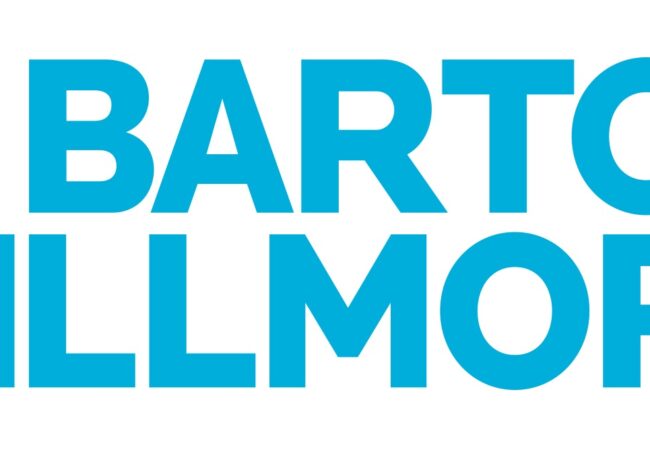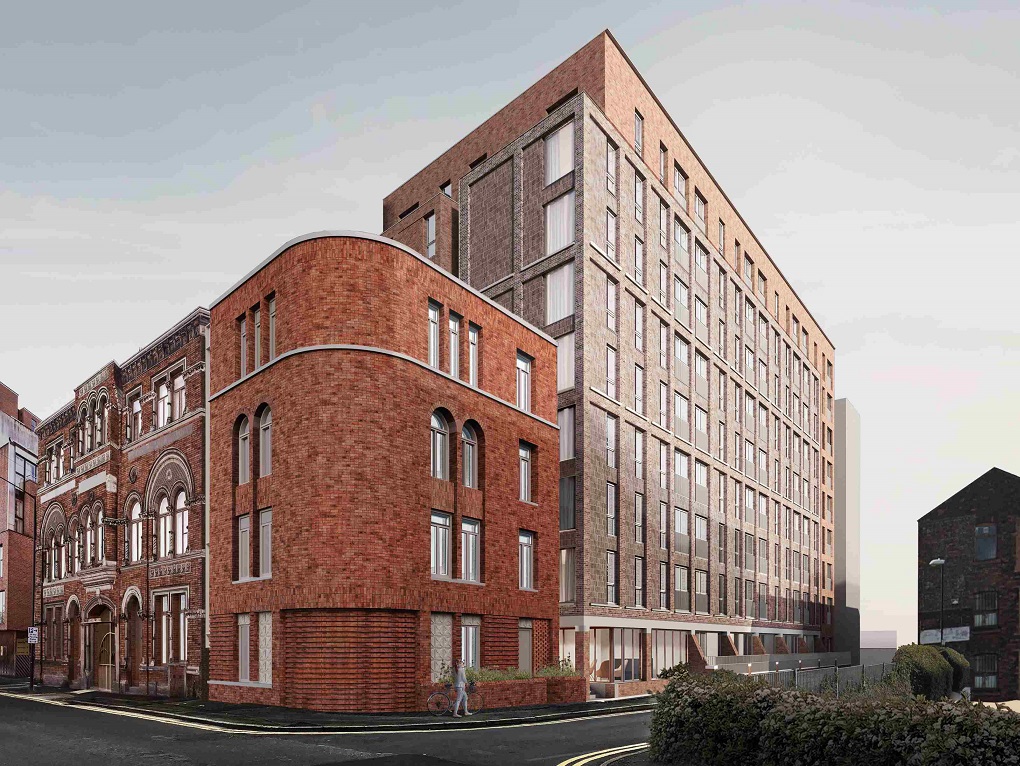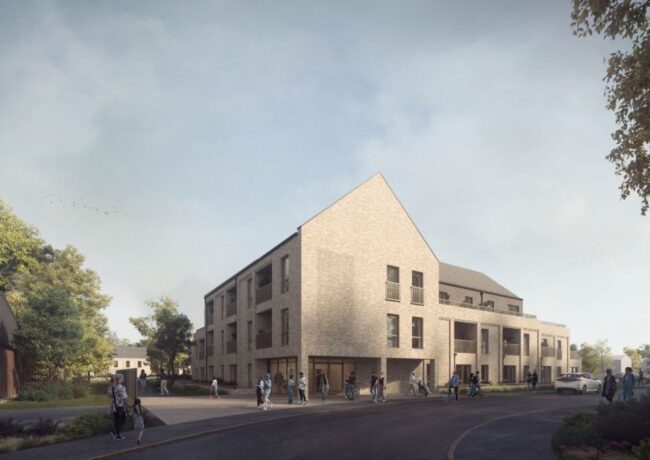RESOURCE | Vacant Building Credit – an opportunity or a vacant promise?
 With the General Election countdown firmly on, the main political parties have each made a positive commitment to increase housebuilding over the next five years to help solve the housing crisis, writes Steven Grimster of Barton Willmore.
With the General Election countdown firmly on, the main political parties have each made a positive commitment to increase housebuilding over the next five years to help solve the housing crisis, writes Steven Grimster of Barton Willmore.
This includes a focus on the redevelopment of brownfield sites, with the main political parties promising a significant number of new homes on previously developed land over the next five years.
The current government has already made steps towards ‘unlocking’ brownfield land through the introduction of the Vacant Building Credit (VBC) in November last year. It’s fair to say that this initiative has received relatively low-key coverage despite further amendments to national planning policy in February 2015. So what is the VBC, and will it have the desired effect?
The costs associated with brownfield development are well-documented, and often prove prohibitive. In response, the VBC is an incentivised approach to bring back into use empty boarded properties, whether it be through conversion or replacement, and at the same time increasing housing supply. In return, a financial ‘credit’ equivalent to the existing gross floorspace of the vacant building being brought back into use is deducted from the overall affordable housing contribution as required by local plan policies. So essentially affordable housing contributions are only applicable where there is an up-lift in floorspace. The theory is that this will make brownfield sites more viable and attractive to developers and reduce the burden of affordable housing. The reality is that there remains a great deal of uncertainty over the finer details of the VBC, uncertainties which developers should recoup reward from. Nevertheless, despite these uncertainties the VBC clearly offers an incentive for developers to bring forward vacant buildings for conversion or redevelopment, with the potential to secure a more competitive return.
Firstly, ‘vacant’ has not been defined, albeit does exclude buildings which have been abandoned. So how does one establish whether a building is vacant or abandoned? The onus is on the developer to prove a building is vacant. Secondly, there is a lack of clarity regarding whether the floorspace calculation is the gross internal or gross external area of a building. Thirdly, there is no time limit on how long a building must be vacant for, although local planning authorities are encouraged to consider whether buildings have been made vacant purely for the purpose of redevelopment, or benefit from extant permission.
Finally, and perhaps most significantly, will the VBC come at the expense of helping local planning authorities to meet their affordable housing needs? On the face of it, that’s a very real possibility. Will we see higher affordable housing policy requirements to compensate? Quite possibly, although Planning Minister Brandon Lewis is confident it will not.
Unsurprisingly the VBC has received a mixed response from local planning authorities owing to this very issue. Indeed, a collective legal challenge to the VBC has recently been made by Reading and West Berkshire Councils, with a decision expected in the summer. Others might seek a possible exemption, including here in Manchester. In the meantime, local planning authorities are adopting their own approach to dealing with the VBC, whether it be through exploring amendments to local plans, or arguing that local plan policies on affordable housing have priority over this new national policy.
Nevertheless, the fact remains that there is the opportunity for developers to draw on the incentives offered by the VBC to promote their schemes, and this will remain the case until such time that any legal challenge is successful, or if the legislation is subsequently revoked by the next Government.
This article was originally published through Place Resources




